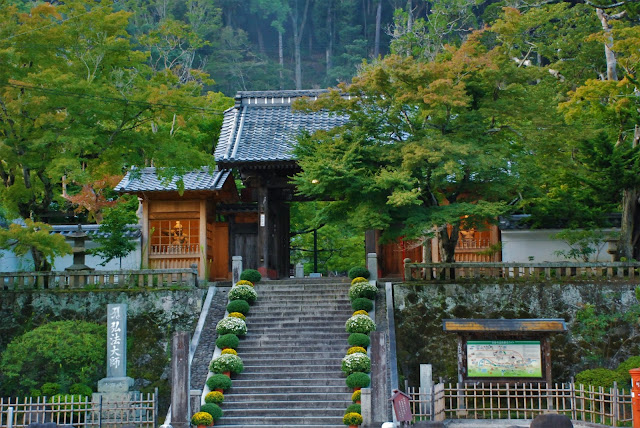Binge and Sparge
 |
| Against the Grain's "Massage a Mystic", Wood variety |
Ten years ago, as my college days of binge drinking were getting started, a new phenomena was also born: Binge-watching television shows! I am just as guilty of this today, and Karl Marx could never have predicted, Netflix, Amazon, and the rest of the great pushers of this new opiate of the people. Currently I caught up to the still-airing CW series "The Flash", and I am pacing myself to try and make Netflix' "Jessica Jones" last a little longer, but I only have two episodes left.
As much as I loath marketing, I must also confess how much I love this clever commercial:
 But I didn't neglect my cider! In fact, I finished bottle conditioning the first batch, made with both apple and pear cider, and it came out quite interesting! I only added one tablespoon of honey when bottling, to give the yeast some sugar for carbonating the beer. That proved to create fewer bubbles than I was hoping, but the result is still a slightly sour, tasty, 6% alcohol cider, with a beautiful bouquet similar to Lychee, a smooth body and powdery mouth feel I attribute to the pear, and an aftertaste to vanishes quickly leaving just a hint of funk.
But I didn't neglect my cider! In fact, I finished bottle conditioning the first batch, made with both apple and pear cider, and it came out quite interesting! I only added one tablespoon of honey when bottling, to give the yeast some sugar for carbonating the beer. That proved to create fewer bubbles than I was hoping, but the result is still a slightly sour, tasty, 6% alcohol cider, with a beautiful bouquet similar to Lychee, a smooth body and powdery mouth feel I attribute to the pear, and an aftertaste to vanishes quickly leaving just a hint of funk.Of course, during the two weeks it rested in bottles, I was fermenting my home-juiced apple cider!
As I mentioned before, I really regret not remembering to measure the gravity before I pitched (added) the yeast, because the process was extremely energetic and lively, with the primary fermentation spewing cider into the gas trap and bubbling constantly over four days (Most brews tend to quite down after two-to-three days.)
 |
| A small haul, even for 1 gallon, so here's hoping it's a winner! |
I'll let you know in about ten days how this cider turns out. Until then, please enjoy this photo of Chris' cat, a chatty Maine Coon-mix named Chrono!




Comments
Post a Comment